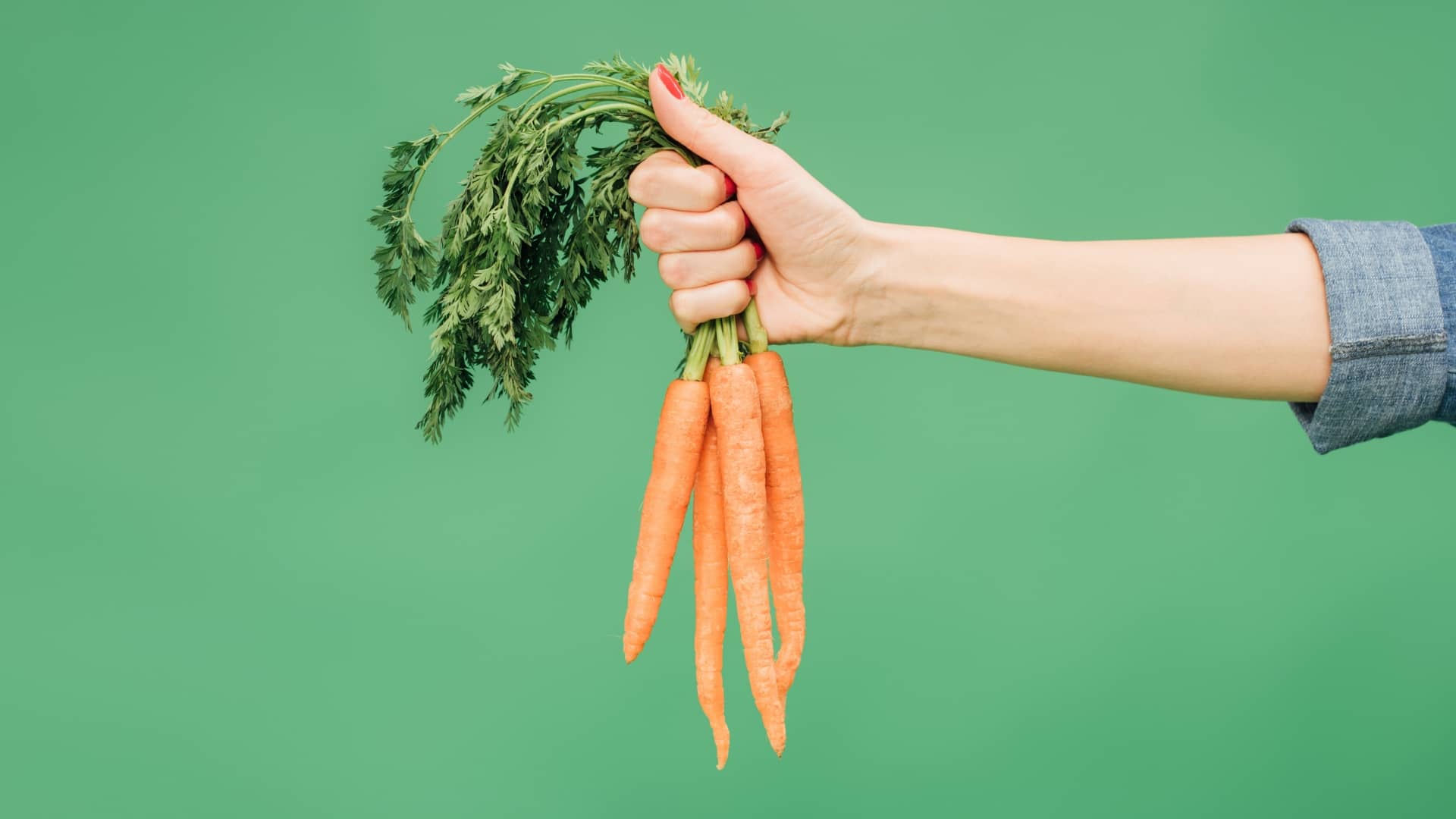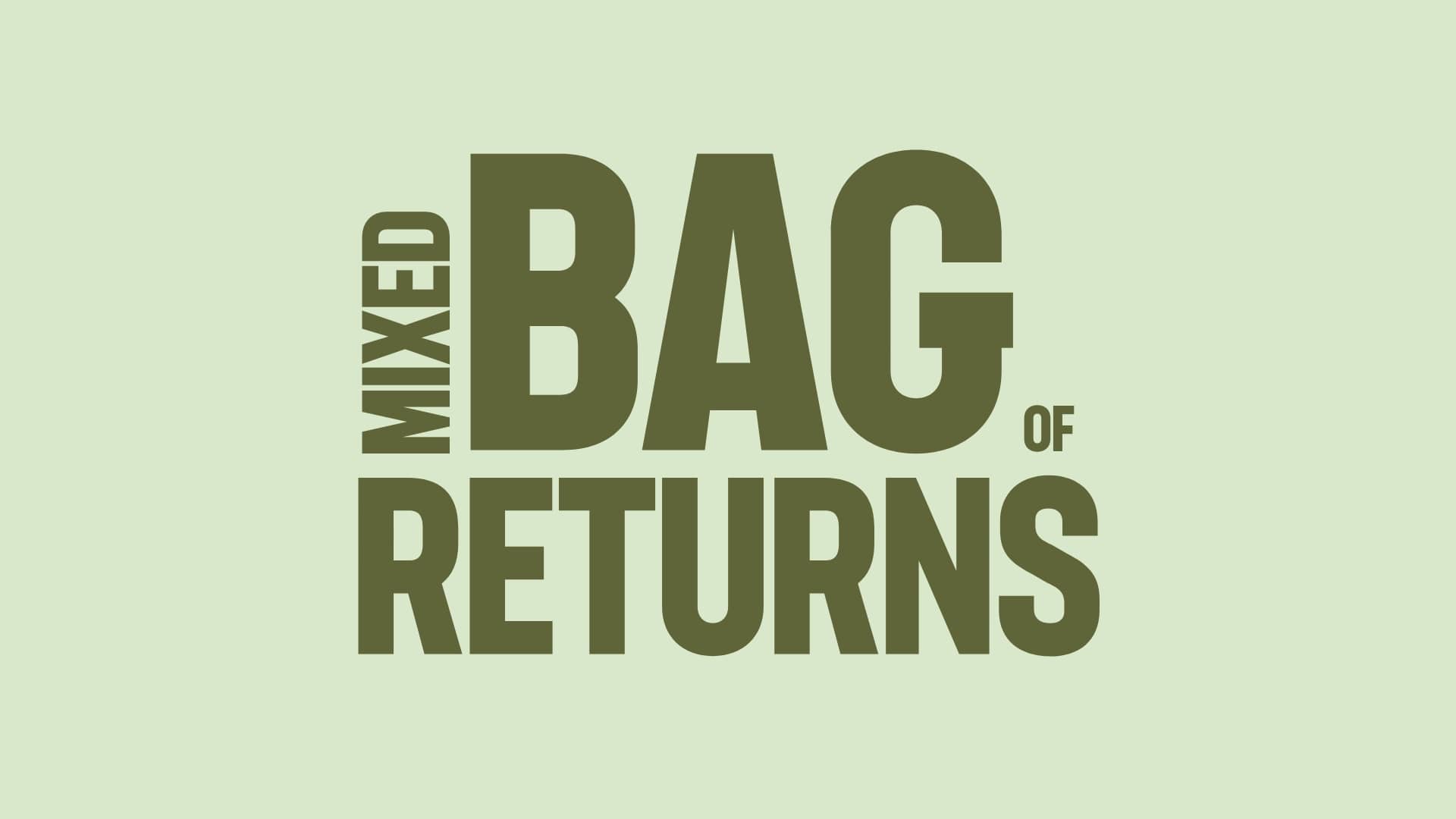The Aotearoa ‘farmacy’
May 2024

OK, here’s a sobering fact: The majority of the world’s population now lives in developed countries where obesity kills more people than malnourishment.
In fact, according to the 2020 Global Nutrition Report, poor diet is the leading cause of mortality and morbidity worldwide, exceeding the burdens attributed to many other major global health challenges. Little wonder then that a recent analysis by Google Trends determined that there’s a sustained interest in wellness, growing at around 20 percent year on year.
So, with this growing interest, where are consumers turning to help prevent and treat their health and wellness concerns? Increasingly, to the ‘farmacy’.
As healthcare costs rise, the ‘farmacy’ is becoming more relevant in food choices and, according to a recent Neilsen Health and Wellness Report, the last decade showed strong growth on health-focused branding like ‘organic’, ‘gluten-free’, ‘non-GMO’ and ‘natural’. Similarly, a 2022 Global Wellness Trends Report predicted that soil-restoring regenerative agriculture, the hottest topic in farming right now, will become a hot topic in wellness: from “regen-certified” becoming the next food label, to more wellness brands moving to regen-sourced ingredients.
With the aging Boomer population and the up and coming millennials already primed to think about food as ‘medicine’, the wellness trend will continue to have a strong influence on purchasing choices.
In a Deloitte Fresh Food Survey of US consumers in 2022, it was clear that they held fresh food in high regard when it comes to health, with 80% of survey respondents indicating that fresh food is healthier for them than packaged or processed food marketed as healthy. But it also found there’s an information gap with 62% of survey respondents citing conflicting information and confusion about the healthfulness of specific foods. Four in 10 respondents did not clearly understand which fresh foods can act like medicine. And a little more than half of survey respondents said it’s essential to get data about food origins, safety and nutritional properties to confidently use food as ‘medicine’.
If we assume that much of this holds true across global markets, it provides Aotearoa’s primary producers – already renowned in those markets for the high-quality, nutrient dense foods they produce – with a great opportunity to plug the gaps and capitalise on this movement.
The key is helping consumers make informed choices. To that end, any health claims should be backed by science and accurately stated. They also want item-specific data to feel confident and safe to use food as ‘medicine’, which requires tracking and traceability. Both of which can be established in close partnership with retailers.
Whatever consumers choose to eat over the next decade, ones thing’s certain; health and wellness will continue to be a strong and growing influence on their brand choices. Our primary producers are well-positioned and already making great strides towards becoming the world’s ‘farmacy’ and driving growth through meeting the food as ‘medicine’ needs of global consumers.




